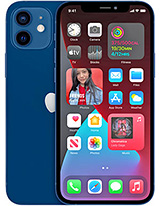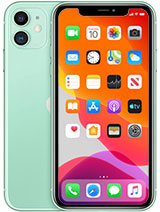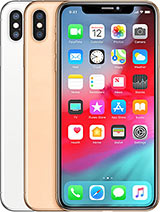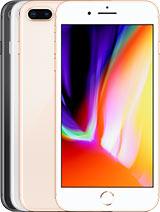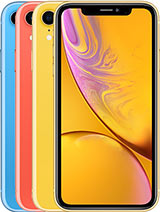Apple is Locking iPhone Batteries to Discourage Independent Repair By iFixit
Since, the launch of iOS 12 repair Tech's have been noticing a disturbing trend. Any time of batteries replaced on an iPhone tennis, tennis max or a 10-hour battery health Diagnostics would report that the installed battery was unable to be verified as an authentic Apple battery and the battery health info would be disabled. This happened even when the installed battery was known to be an authentic Apple part. So if you thought that Apple had stopped attacking independent repair think again, they now appear to be aggressively locking down even the most basic battery replacements. By pairing your battery to your phone, we spoke to Justin Ashford from the YouTube channel, the art of repair, who was able to dig in and find out what was causing this and give us his own thoughts on what it could mean. We started to notice this issue on the China side before anybody in any other market really said anything about it.
In fact, I don't think that was even anything brought up at all with this prior to me saying anything about it, because, let's just be real, all those phones that are affected the XR 10 are or whatever you want to call it all the way up through the 10s max we're still under AppleCare warranty. So battery issues really aren't a thing right now, unless you specifically need it for a specific reason. I personally did testing on iOS 12, iOS 12, one twelve point: four and 13 beta and every single one of these showed the issue now I did not notice. There's some older generation iPhones with the newer iOS version, but I mean to be perfectly honest. All it would take is one little update and all the older iPhones would retroactively is.
Have this enable after doing some digging into the electronics of the iPhone batteries? Justin found the cause of this issue, a battery fuel gauge that has a secure memory, key, which Apple has activated essentially locking the battery to the phone? Let's go ahead and try and break this chip down a little, because there's a lot of confusion about what the job of this chip actually is. The common misconception is that this is some super crazy, terminator kill, switch that is locking down and killing batteries and blah-blah-blah-blah-blah. That is not the case. It's a fuel gauge when you look at a box when you first buy something, you see bullet points on there that describe the features. One of the most ridiculous small features is that it's got a lock on it.
That's just one of the features of it: it's not the main function. The main function is that it is the intermediary fuel gauge between the phone itself and the actual battery. What exactly is this fuel gauge doing? It is taking averages of charging and discharging from the battery to ascertain what the true capacity is, which is kind of the feature we're getting locked out right now. Okay, also, you can tell the cycle count. How many times has been charged? How many times has been discharged and just to get a little more technical? This chip is where all the actual like charging parameters are held, so when they're programmed in the factory you can set them accordingly, so that they charge properly and safely.
That's where your overcurrent protection comes from. That's where your overvoltage protection comes from. That's where a lot of the safety and an iPhone battery comes from. Is this little protection circuit board down at the bottom? It's got this special little TI chip. The big issue here, I, think specifically, if we're just talking specifically about the service issue, is that it's going to erode the trust from the customer, because when a customer comes in, and they get their battery swapped, and they're not able to look at that super Apple touted feature where they can check and see when it's time to replace their battery, they may not someone's trust you actually think.
More importantly, we need to address the question about whether the battery works at all. Yes, it absolutely works. You can plug it in and the phone will work. The problem really starts to get into the whole serialization and lock down of the parts as a whole and how it's getting progressively worse over time, both the touch ID and face ID use, secure enclaves on the actual motherboard and secure information on the peripheral itself to bind themselves as one. So you cannot use one without the other without being programmed directly by Apple.
Hmm. What else does that we know guess what is the battery we're starting to see that on the battery? What is to stop them from implementing secure Enclave keys into all of this stuff? On the next iPhone, it's going to come out in a month or two, you know as independent repair. You know we're going to keep pushing, and we're gonna keep fighting for our right to repair, and we're going to keep looking for solutions, bypasses and workarounds to make things work for our clients, and you know that's a fact, but it's also a fact. It's an undeniable fact that Apple is trying to lock us out, and they really don't care about us. We'll continue to monitor this issue and hopefully find a way to get around this lock.
Until then, thanks to Justin for joining us from China be sure to check out the art of repair, we've got a link to his channel in the description below happy fixing.
Source : iFixit

